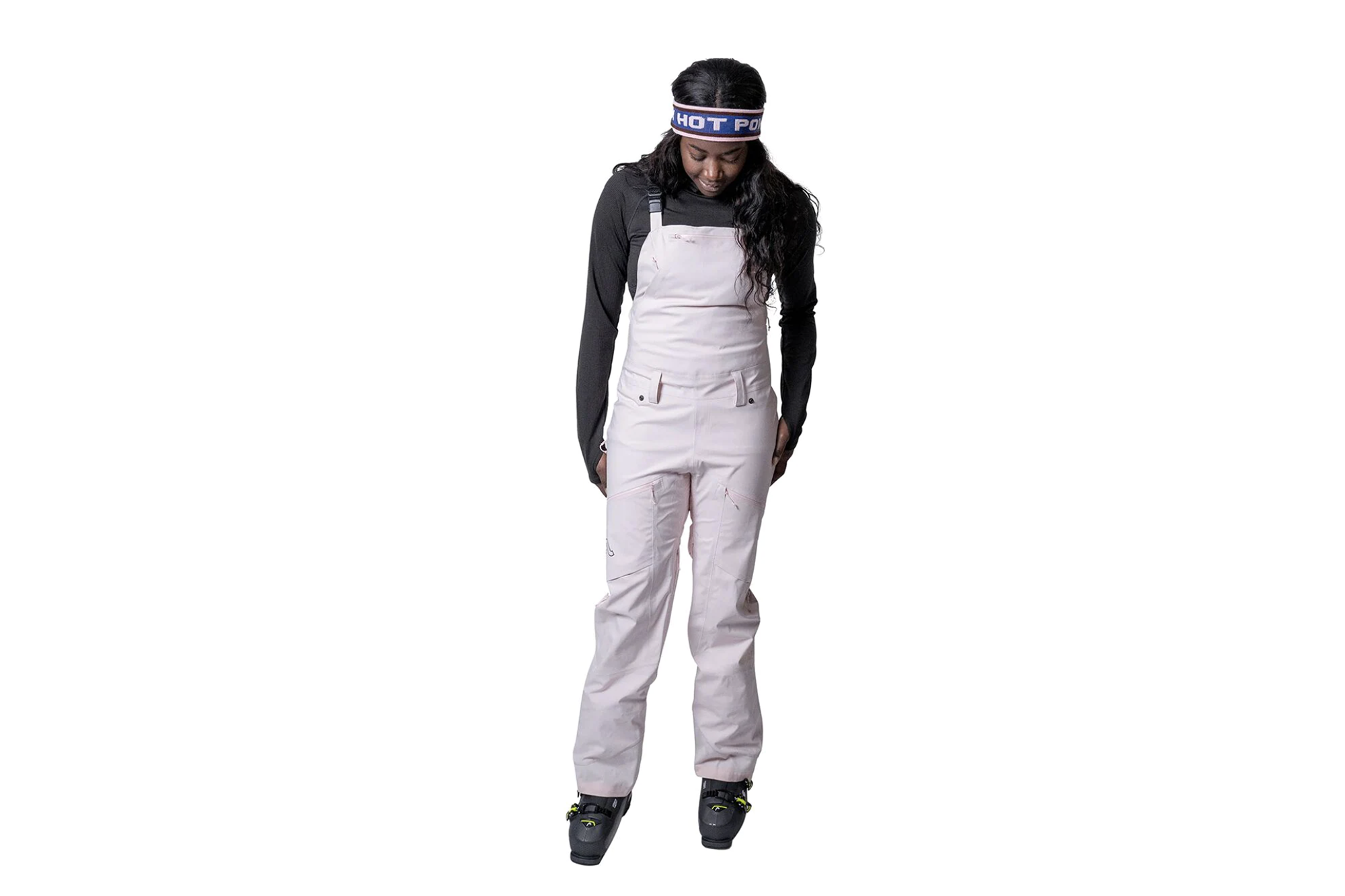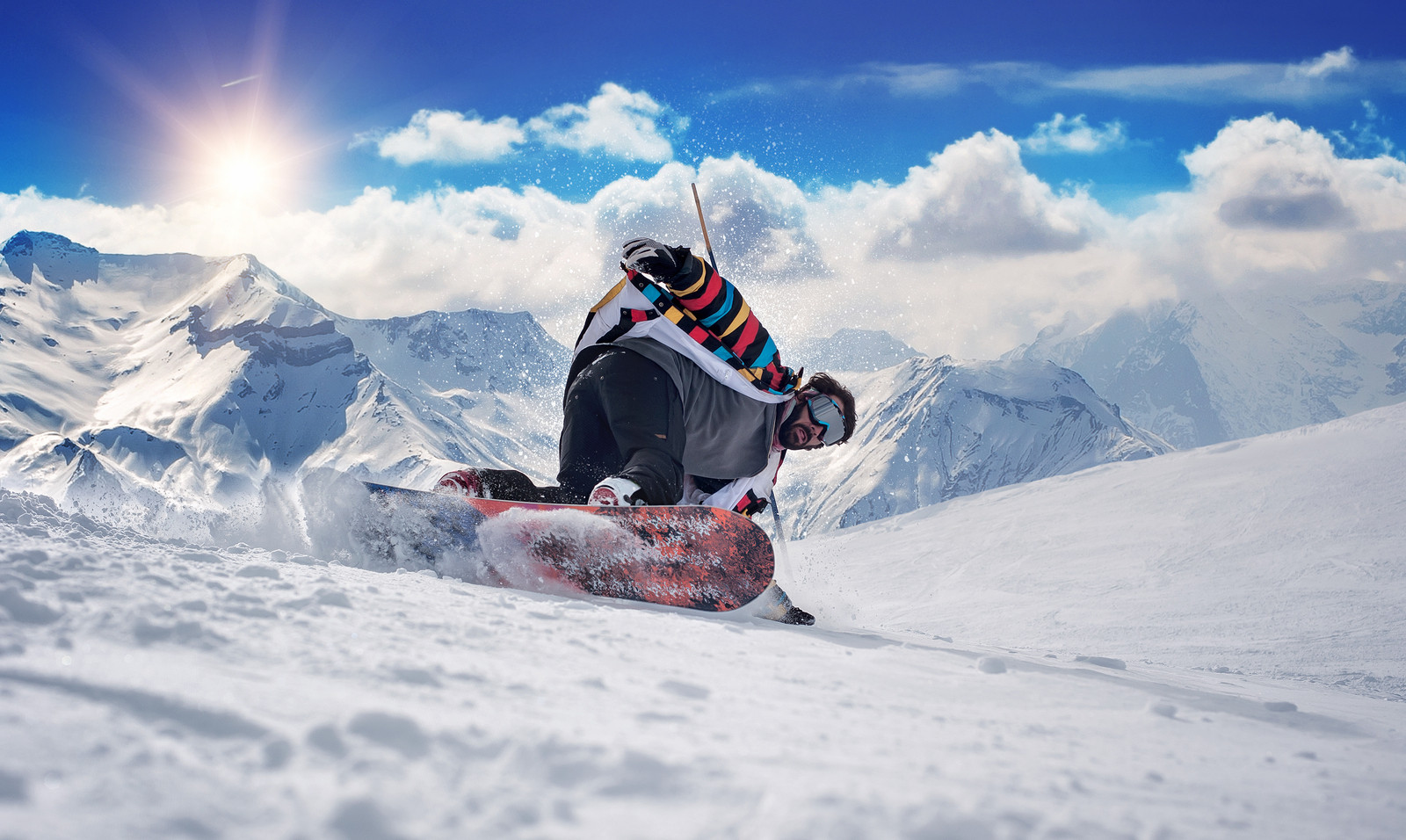
Cross-country ski summer is an excellent time to learn and improve your skills for the season. You can try out new terrain, take lessons with a guide, and get the most out of your ski experience this winter.
Cross country skiing, which is the most widely practiced type of crosscountry skiing, is very easy to learn. Begin by partnering with an experienced friend. If possible, try to find a area with groomed trails in the snow for your first few days.
If you can't find an open space, your local park or recreation area may have some excellent ski trails. Take extra warmth and check the weather forecast.
To ski well, you must be able maintain your balance and keep your weight under control. This can be done by placing your hands on your knees as you descend the hill. It helps to keep your balance and reduces the risk of injury when falling downhill.

Your arms can be used to assist you in skiing downhill. This is known as the shuffle. To help you ski downhill, move your pole tips towards the snow. Also activate your core muscles by moving your core muscles. You can do this several times before you switch to the glide. The glide involves activating the arms as your pole tips are moved up into the snow.
Cross-country skiing comes in many forms, including classic, skate and telemark. Cross-country skiing can be done in many different styles. Each one requires a unique set skills.
Beginner skiers should focus on a few techniques to improve their balance and overall endurance. These techniques will help them gain confidence and be able to improve their skiing skills.
V1, V2, V2, Alternate, Double Pole, Doble Pole with Kick, Tuck, and Stride are all basic poling movements that can be used in various cross country skiing disciplines. These exercises can even be incorporated into professional training.
Cross-country skiing is a great option for intermediate and beginner skiers who are looking to challenge themselves and improve their fitness. Cross-country skiing is an excellent alternative to snowshoeing, and it can be done in any weather.

It takes a lot of practice to learn how you can ski tour. Skiing can be taught by a coach or instructor who is skilled in teaching you how to use your gear, navigate your route, make efficient turns, and other basic skills.
To keep your skills sharp for the coming ski season, you should ski tour at least twice per week during the cross-country ski summer. This will help increase your stamina and strength as well as teach you how to use skis more efficiently and improve skiing performance.
Ski touring offers the greatest advantage: You can take your time and enjoy the scenery. This will not only boost your mood but it will also keep you safe and make for a fun family outing!
FAQ
What snacks can I take on a plane?
There are many different types of snacks available for you to choose from when flying. You may want to consider bringing along any food items that you know you enjoy eating while traveling.
For example, if you love chocolate, you might want to pack some chocolates and other treats such as biscuits, crisps, and nuts.
You might consider packing cheese or crackers if you are looking for something savory.
Consider what type of drink you want to take on board. Maybe you prefer hot or cold drinks?
No matter what type of snack you bring, ensure that they are packed securely and safely.
It will be easy to transport them without worrying about them being damaged.
Do you worry about missing something while traveling?
Yes, I often forget stuff. This is especially true when I am on a short vacation. But I have everything with I, so I never run low.
For example, my passport is always with me. Also, I always make sure that I have enough money before I purchase tickets.
Also, I always take my phone charger. A small bag is also handy for storing other items.
What documents should I keep handy when traveling?
Keep copies of important documents at home for easy access while on the road. Also, keep copies of your passport, driver’s licence, and other identification cards, along with any credit card information, in case you need them, to make it easy to access when you travel.
It is a good idea if you have a photocopy your passport so that it can be used in the event of a need.
Also, don't forget to include copies of your itinerary and reservations. These will help with your planning and remembering where you are.
You should also keep a copy your hotel reservation and flight ticket details. You'll be able contact someone back home in case you need them.
You should never leave valuables behind. You can keep your valuables safe by keeping them in your wallet or inside your bag.
Ensure you check your baggage before leaving to avoid losing expensive items.
Keep in mind: It is safer to keep it simple than to plan everything.
Relax and enjoy your trip!
What is the average time it takes to fly between two countries.
The time taken to fly varies depending on the distance between the airports and the weather conditions.
The average flight takes around 3 hours.
The actual flying time will depend on several factors including the airline, the aircraft type and delays at the airport as well as weather conditions.
Where can I store my luggage safely?
There are many options. One of the most popular options is to use airport lockers. They are generally located near security. You can get one for $5-10 per Day, depending on how big the locker is.
You could also rent a storage facility. These units are often located in large shopping centers or hotels. Some places offer discounts if multiple units are rented together. Prices can vary.
The third option is to rent a porter. A porter will help carry your luggage from the carousel to your room. He will charge a small service fee for each trip.
What should I put in my luggage?
Always have at least two pairs. One pair for walking around the city and another pair for going on vacation.
Also, make sure to have enough clothing for both. If you are traveling by plane, you need to make sure you have an extra shirt, pants, underwear, and socks.
It's a good idea to bring along some clothes for longer stays. You won't feel awkward when you shop for new clothes.
Comfortable shoes will be required if you plan to take a train or bus. Also, if driving, bring extra tires.
It is important to have plenty of toiletries like shampoo, toothpaste and moisturizer.
Last but not the least, you will need a flashlight as well as insect repellent, sunscreens, sunglasses, a hat, first aid kits, and sunblock.
It's better to keep all your items in one bag than to try to fit them in different bags. By doing so, you can save time and space.
Last but not least, make sure to bring a small towel & washcloth. You'll be able to use them when you take a shower after a long day.
What should you do the first time you arrive at your travel destination after you have arrived?
It is a good idea to have a plan for when you get to a destination. It helps you know what to expect and where to go next.
You need to plan ahead to ensure you don't miss anything important.
You should also research what museums, parks, or landmarks you want to visit if you are planning to visit a city more than once.
You might also want to get a map and learn more about the history of the region.
Statistics
- That's an 18% jump from 2019, the previous record year. (travelandleisure.com)
- Between the ages of 11 and 13, kids, or tweens, will likely want some autonomy but also need boundaries. (travelandleisure.com)
- You can use compression sacs or cubes to reduce the volume of your clothes by up to 80%—this is especially convenient for bulky items such as sweaters and jackets. (eaglecreek.com)
- According to Maori legends, this park holds 14 fjords that were all carved by a giant stonemason with an adze. (busytourist.com)
- No Checked Bags: No Alcoholic beverages with more than 70% alcohol (over 140 proof), including grain alcohol and 151 proof rum. (tsa.gov)
External Links
How To
What are your top travel tips?
It's an exciting time to travel, but there are many dangers you should avoid if your goal is to make it a safe and enjoyable experience.
These are some basics to help you plan your next trip.
-
Make sure to book early. Book early to get lower prices. You can also save money by not taking advantage of last-minute deals offered to you by hotels or airlines.
-
Stay-at-budget accommodations. Hotels at a lower price offer more value. They are located near shopping and public transportation.
-
Don't overpack. Pack light. Make sure you have enough space for souvenirs and other gifts. Bring clothes that fit well and won't wrinkle easily.
-
Use common sense. Do not walk alone if you're travelling solo. Avoid sketchy neighborhoods and areas where crime is high.
-
Protect your valuables from theft. Keep valuables hidden from view. Swimming is a great way to keep valuables safe.
-
Cash is a dangerous thing. Thieves often target tourists visiting foreign cities. Keep your money away from prying eyes and only use ATMs at banks or protected facilities.
-
Know what you're doing. Prior to booking a room in a hotel, make sure you understand how public transport works. Discover information about tourist attractions and restaurants.
-
Make sure you are safe. Before you go, find out about the local laws, customs and culture.
-
Have fun. Enjoy yourself, no matter what happens. It's worth it.